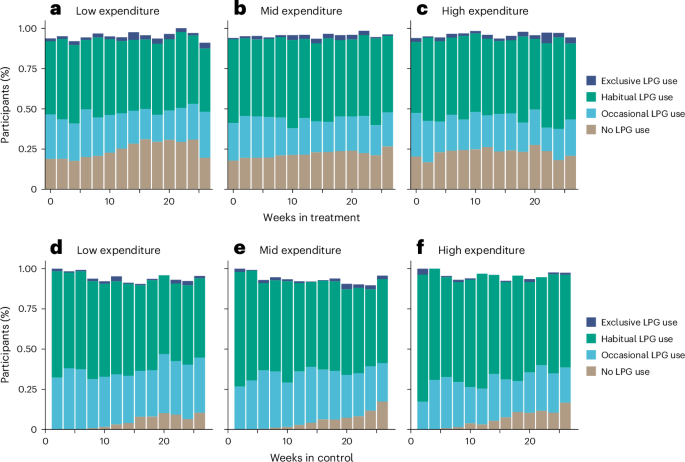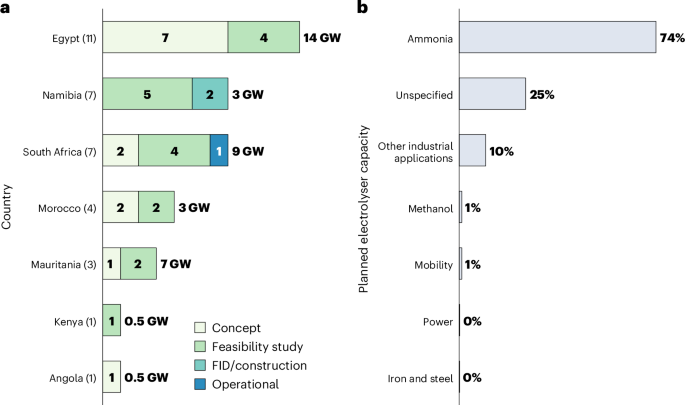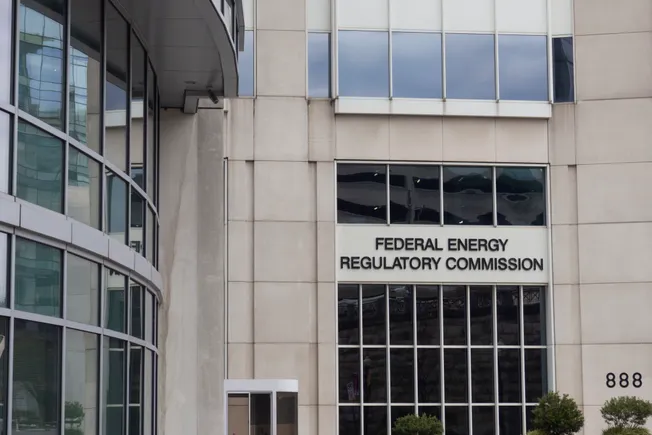The Other Footnote
For the Balkinization Symposium on Legal Pathways Beyond Dobbs.Courtney Cahill[1] Some scholars say that constitutional equality law was built in the shadow of a footnote: “famous footnote four” from the 1938 Supreme Court decision United States v. Carolene Products Co. If recent transgender jurisprudence is any indication, then constitutional sex equality law could deteriorate on the heels of a different footnote. That footnote, footnote twenty from the 1974 decision Geduldig v. Aiello, was all-but-dead until the Supreme Court resurrected it in Dobbs v. Jackson Women’s Health Organization. Dobbs is mostly about why abortion isn’t protected as a matter of due process, but in dicta, Dobbs also explains why abortion isn’t protected as a matter of sex equality. Quoting footnote twenty from Geduldig, which held that pregnancy discrimination wasn’t sex discrimination, Dobbs posits that the regulation of a procedure or trait unique to one sex isn’t, in fact, sex discriminatory. For Dobbs, footnote twenty was the “precedent” that “squarely foreclose[s]” the sex equality argument for reproductive rights. Dobbs’ use of footnote twenty is a precedent manufactured in real time – and therefore, by definition, not a precedent at all – that lacks grounding in text, history, and actual precedent. Nothing in the text of footnote twenty, the briefing history behind footnote twenty, nor the judicial interpretation of footnote twenty in any pre-Dobbs decision supports Dobbs’ reading of the footnote as an authority for why courts may effectively rubber stamp discrimination grounded in biological characteristics unique to one sex. Dobbs’ footnote twenty revisionism was bad enough in Dobbs, but since Dobbs, lower and state courts have amplified Dobbs’ error by relying on footnote twenty (as read through Dobbs’ eyes) to uphold not just criminal abortion laws but also countless forms of transgender discrimination on the theory that discrimination is presumptively constitutional if it is tethered in some way, however remote, to ostensible sex-based differences.This term, the Court is poised to cement that theory into a legal holding in United States v. Skrmetti, a transgender health care case where footnote twenty has assumed center stage. Such a holding would be devastating for LGBTQ equality given the role that biology plays in underwriting LGBTQ discrimination, especially in an era of biological retrenchment at every level of government. It would also signal a tectonic shift in constitutional sex equality law that affects everyone, regardless of sex, gender identity, or sexual orientation – all under the guise of judicial restraint. Recognizing (and documenting) that shift is crucial for several reasons, not least of which is this: to call the Court out for creating a precedent under the guise of following one, and for using that “precedent” to sneak in cases that the Court has basically overruled. Right now, anti-trans rhetoric paints LGBTQ people as the ones who are unrestrained and sneaky. Take the Trump administration’s executive order directing the Department of Defense to ban transgender military members. During his first term, President Trump issued a memorandum directing the DoD to ban transgender military service on the ground that it would “hinder military effectiveness, disrupt unit cohesion, and tax military resources.” That memo emphasized above all else that transgender military service would financially burden the military by requiring it to allocate “resources to fund sex-assignment surgical procedures.” The Trump administration’s 2025 executive order instead focuses on fraud, stating that transgender military service conflicts with a soldier’s commitment to an honorable, truthful, and disciplined lifestyle, even in one’s personal life. A man’s assertion that he is a woman, and his requirement that others honor this falsehood,” the order continues, “is not consistent with the humility and selflessness required of a service member.” Justifying trans (female) discrimination by focusing on fakery and fraud recalls the debates over Don’t Ask, Don’t Tell and the Defense of Marriage Act in the 1990s. During that time, politicians fought hard against equal rights for sexual minorities by comparing them to counterfeit currency corrosive of “the real thing,” much as medieval thinkers conceptualized counterfeiting and sodomy as two sides of the same coin. Today, the rhetoric of fraud has re-emerged in full force to defeat transgender rights. Notably, Justice Alito also raised concerns about fakes in his dissent in Bostock v. Clayton County, a transgender rights victory. There, Alito likened the Court’s opinion to a “pirate ship … [sailing] under a textualist flag, but what it actually represents is a theory of statutory interpretation that Justice Scalia excoriated.” Alito’s description of the Bostock decision as fraudulent textualism recalls the statements of one of the defendants in Bostock – tho
For the Balkinization Symposium on Legal Pathways Beyond Dobbs.
Courtney Cahill[1]
Some scholars say that constitutional equality law was built in the shadow of a footnote: “famous footnote four” from the 1938 Supreme Court decision United States v. Carolene Products Co. If recent transgender jurisprudence is any indication, then constitutional sex equality law could deteriorate on the heels of a different footnote.
That footnote, footnote twenty from the 1974 decision Geduldig v. Aiello, was all-but-dead until the Supreme Court resurrected it in Dobbs v. Jackson Women’s Health Organization. Dobbs is mostly about why abortion isn’t protected as a matter of due process, but in dicta, Dobbs also explains why abortion isn’t protected as a matter of sex equality. Quoting footnote twenty from Geduldig, which held that pregnancy discrimination wasn’t sex discrimination, Dobbs posits that the regulation of a procedure or trait unique to one sex isn’t, in fact, sex discriminatory. For Dobbs, footnote twenty was the “precedent” that “squarely foreclose[s]” the sex equality argument for reproductive rights.
Dobbs’ use of footnote twenty is a precedent manufactured in real time – and therefore, by definition, not a precedent at all – that lacks grounding in text, history, and actual precedent. Nothing in the text of footnote twenty, the briefing history behind footnote twenty, nor the judicial interpretation of footnote twenty in any pre-Dobbs decision supports Dobbs’ reading of the footnote as an authority for why courts may effectively rubber stamp discrimination grounded in biological characteristics unique to one sex. Dobbs’ footnote twenty revisionism was bad enough in Dobbs, but since Dobbs, lower and state courts have amplified Dobbs’ error by relying on footnote twenty (as read through Dobbs’ eyes) to uphold not just criminal abortion laws but also countless forms of transgender discrimination on the theory that discrimination is presumptively constitutional if it is tethered in some way, however remote, to ostensible sex-based differences.This term, the Court is poised to cement that theory into a legal holding in United States v. Skrmetti, a transgender health care case where footnote twenty has assumed center stage. Such a holding would be devastating for LGBTQ equality given the role that biology plays in underwriting LGBTQ discrimination, especially in an era of biological retrenchment at every level of government. It would also signal a tectonic shift in constitutional sex equality law that affects everyone, regardless of sex, gender identity, or sexual orientation – all under the guise of judicial restraint. Recognizing (and documenting) that shift is crucial for several reasons, not least of which is this: to call the Court out for creating a precedent under the guise of following one, and for using that “precedent” to sneak in cases that the Court has basically overruled.
Right now, anti-trans rhetoric paints LGBTQ people as the ones who are unrestrained and sneaky. Take the Trump administration’s executive order directing the Department of Defense to ban transgender military members. During his first term, President Trump issued a memorandum directing the DoD to ban transgender military service on the ground that it would “hinder military effectiveness, disrupt unit cohesion, and tax military resources.” That memo emphasized above all else that transgender military service would financially burden the military by requiring it to allocate “resources to fund sex-assignment surgical procedures.”
The Trump administration’s 2025 executive order instead focuses on fraud, stating that transgender military service conflicts with a soldier’s commitment to an honorable, truthful, and disciplined lifestyle, even in one’s personal life. A man’s assertion that he is a woman, and his requirement that others honor this falsehood,” the order continues, “is not consistent with the humility and selflessness required of a service member.”
Justifying trans (female) discrimination by focusing on fakery and fraud recalls the debates over Don’t Ask, Don’t Tell and the Defense of Marriage Act in the 1990s. During that time, politicians fought hard against equal rights for sexual minorities by comparing them to counterfeit currency corrosive of “the real thing,” much as medieval thinkers conceptualized counterfeiting and sodomy as two sides of the same coin. Today, the rhetoric of fraud has re-emerged in full force to defeat transgender rights.
Notably, Justice Alito also raised concerns about fakes in his dissent in Bostock v. Clayton County, a transgender rights victory. There, Alito likened the Court’s opinion to a “pirate ship … [sailing] under a textualist flag, but what it actually represents is a theory of statutory interpretation that Justice Scalia excoriated.” Alito’s description of the Bostock decision as fraudulent textualism recalls the statements of one of the defendants in Bostock – those of the funeral home director, who described his trans employee in court filings as a man parading in women’s clothes, pirating a gender identity that didn’t belong to her. The director fired that employee, an embalmer, after she informed him that she was a woman. Perhaps the director couldn’t accept that the person charged with maintaining the integrity of the human body at death – a species of deception – wanted to alter her own body while alive.
As during the era of Don’t Ask, Don’t Tell and DOMA, it is important to push back on the political rhetoric of fraud, which serves to obscure the real fraud happening in plain sight. So, too, is it important to push back when the Court does one thing under the guise of another. Dobbs’ interpretation of footnote twenty – and the proliferation of that interpretation now happening in lower and state courts – isn’t based on footnote twenty, but rather on the discredited line of cases starting with Bradwell v Illinois, which reasoned that sex discrimination was simply a constitutional reflection of “the nature of things.” (Two decades later, Plessy v. Ferguson used the same locution when reasoning that the Fourteenth Amendment, “in the nature of things … could not have been intended to abolish distinctions based upon color, or to enforce social, as distinguished from political equality”).
Appealing to footnote twenty, courts today similarly reason that transgender discrimination is sex- and transgender-neutral because it flows from “the nature of things.” Like Alito’s metaphorical pirate ship, Dobbs’ interpretation of footnote twenty has smuggled in one thing – a repudiated line of cases, indeed, an anti-precedential and anti-canonical line of cases – under the pretense of simply following another – the actual footnote twenty. To put it in Carolene Products terms, Dobbs gave us filled milk, an obvious counterfeit or substitute of the real thing.
Courtney Cahill is Chancellor's Professor of Law at U.C. Irvine School of Law. You can reach her by e-mail at ccahill@law.uci.edu.





















































































![[Video] The Weekly Break Out Ep. 20: Pacific policy in Singapore and the UK’s new defense plan](https://breakingdefense.com/wp-content/uploads/sites/3/2025/06/Break-Out-ep-20-thumb-Play-Button.jpg?#)
























































